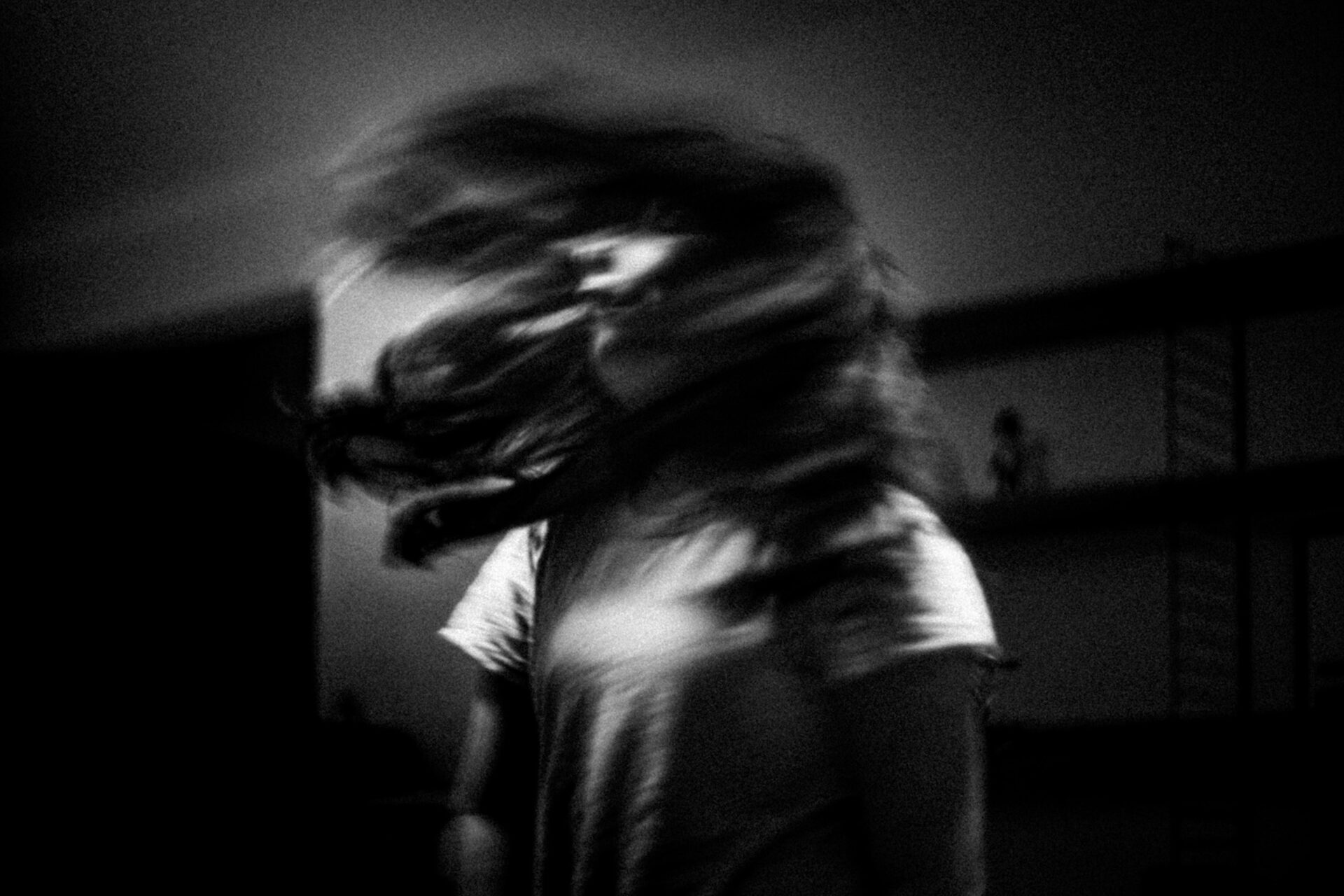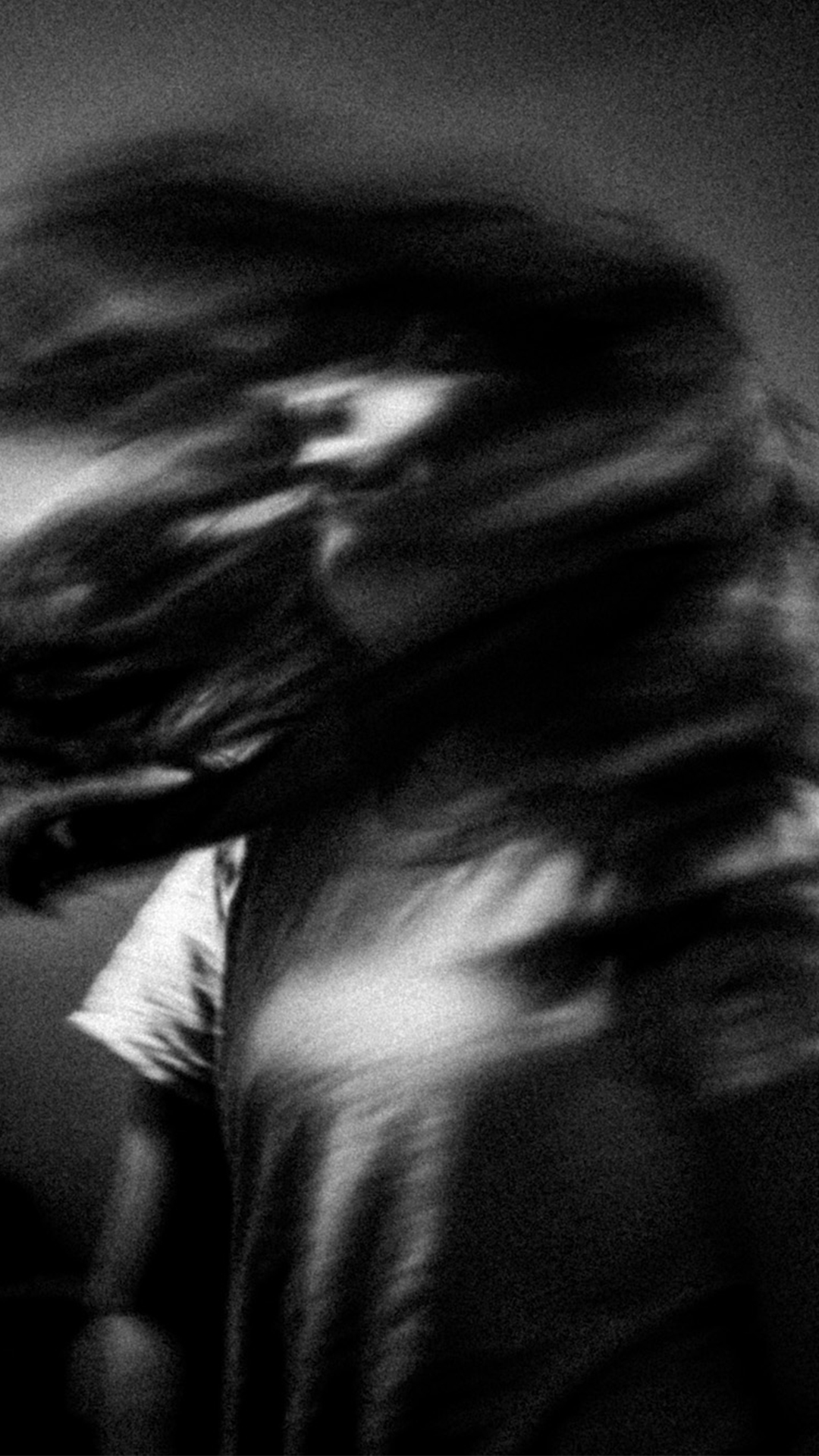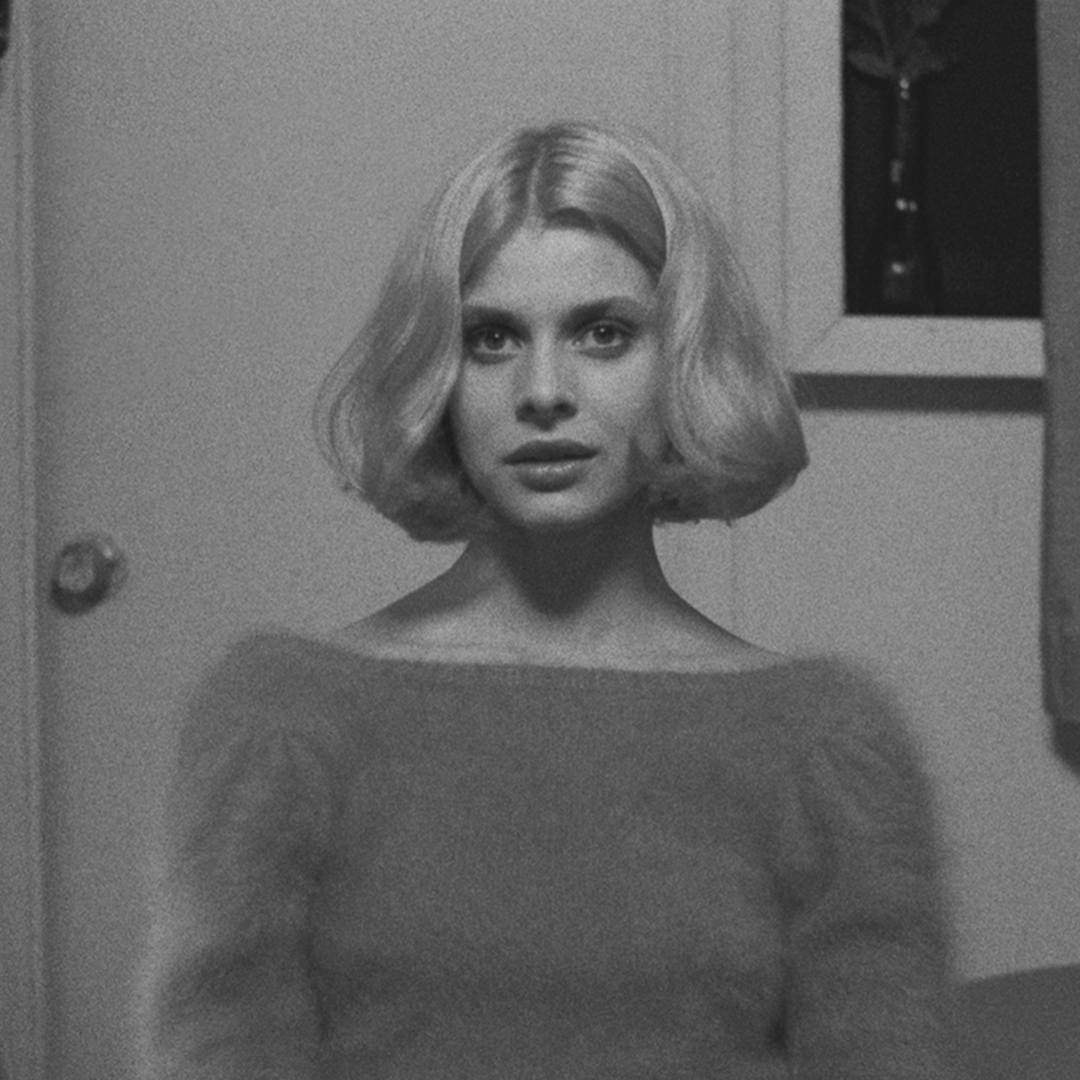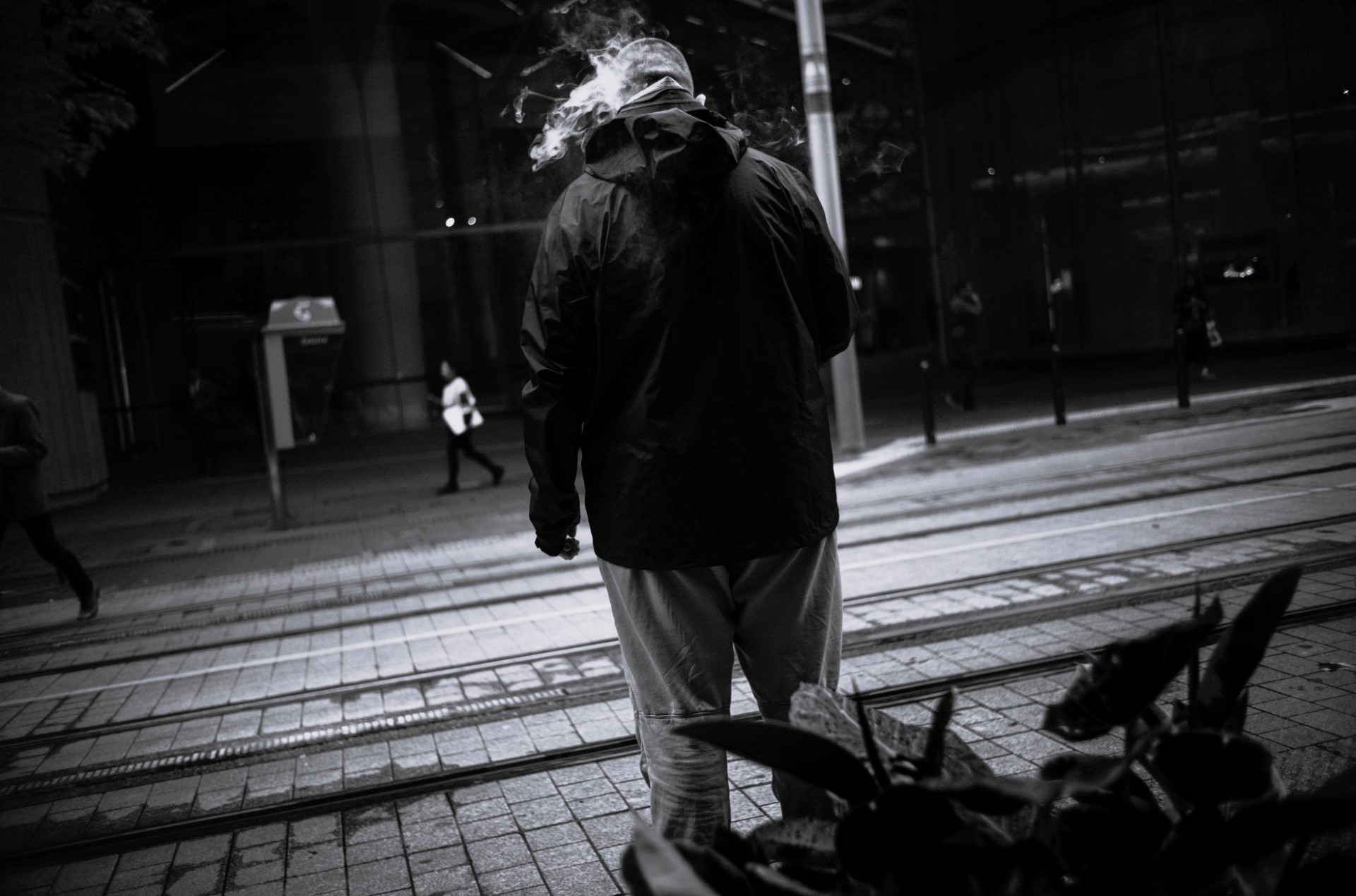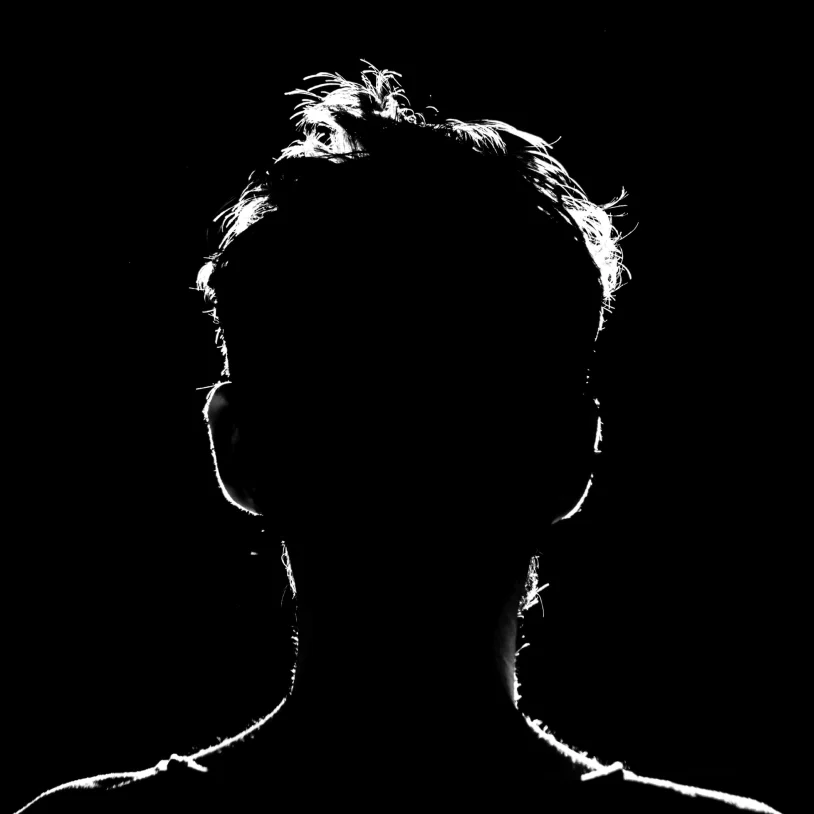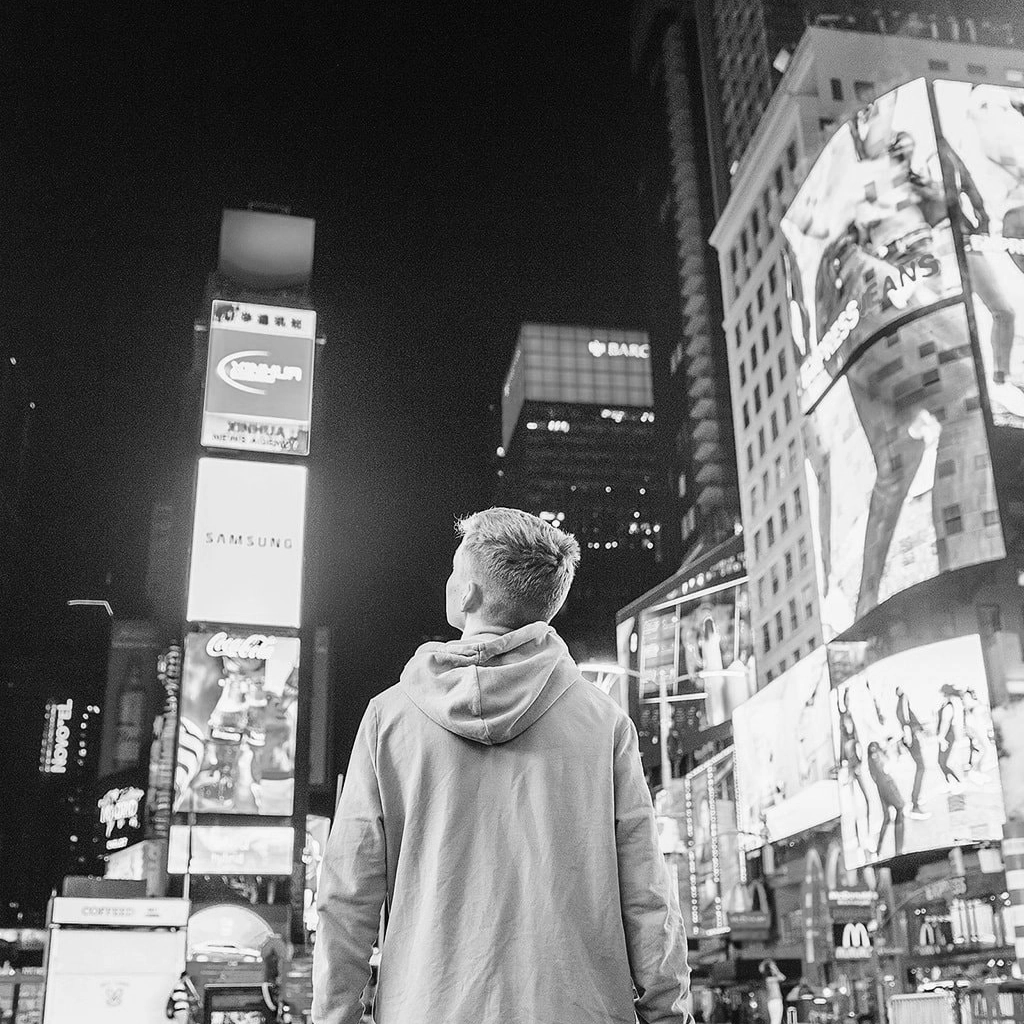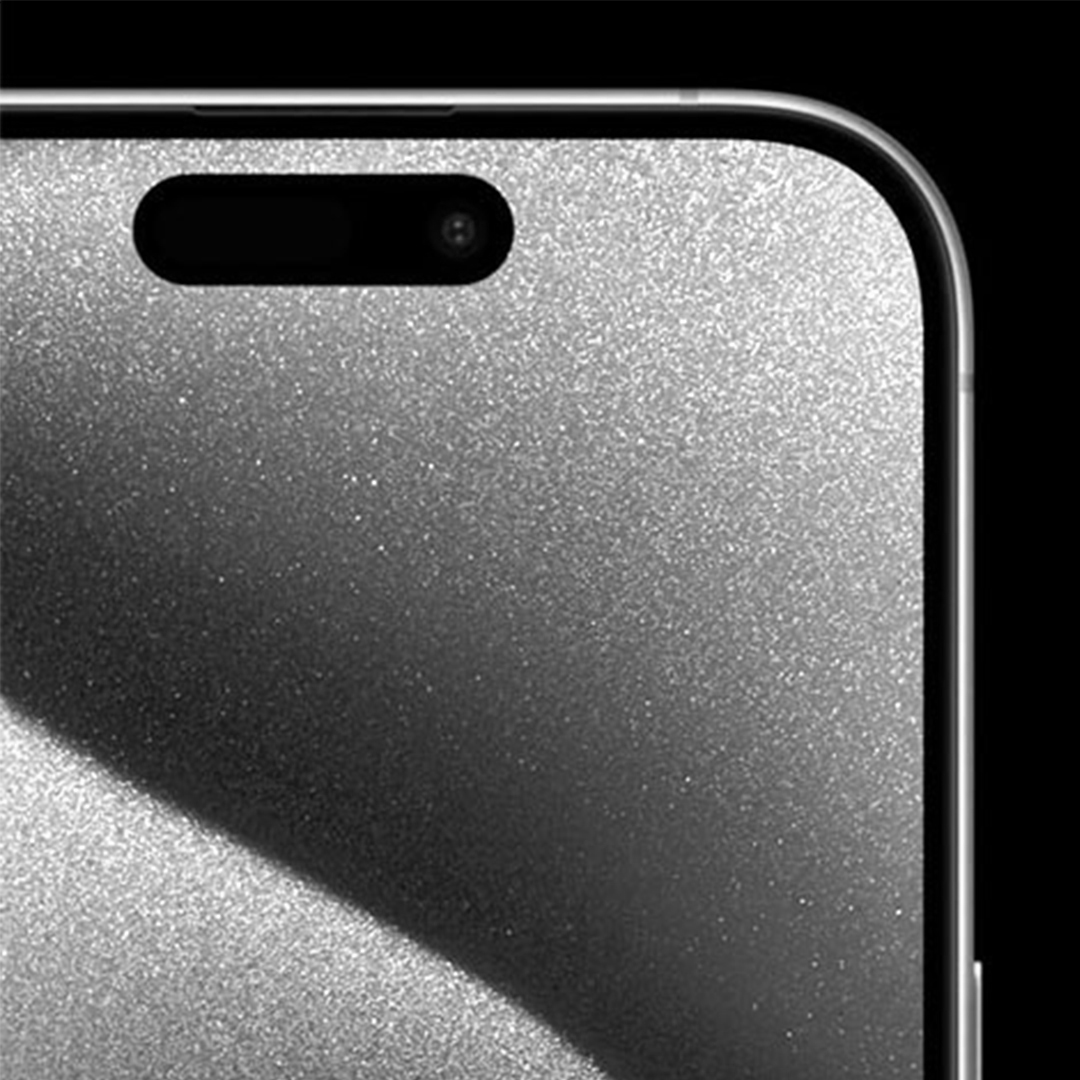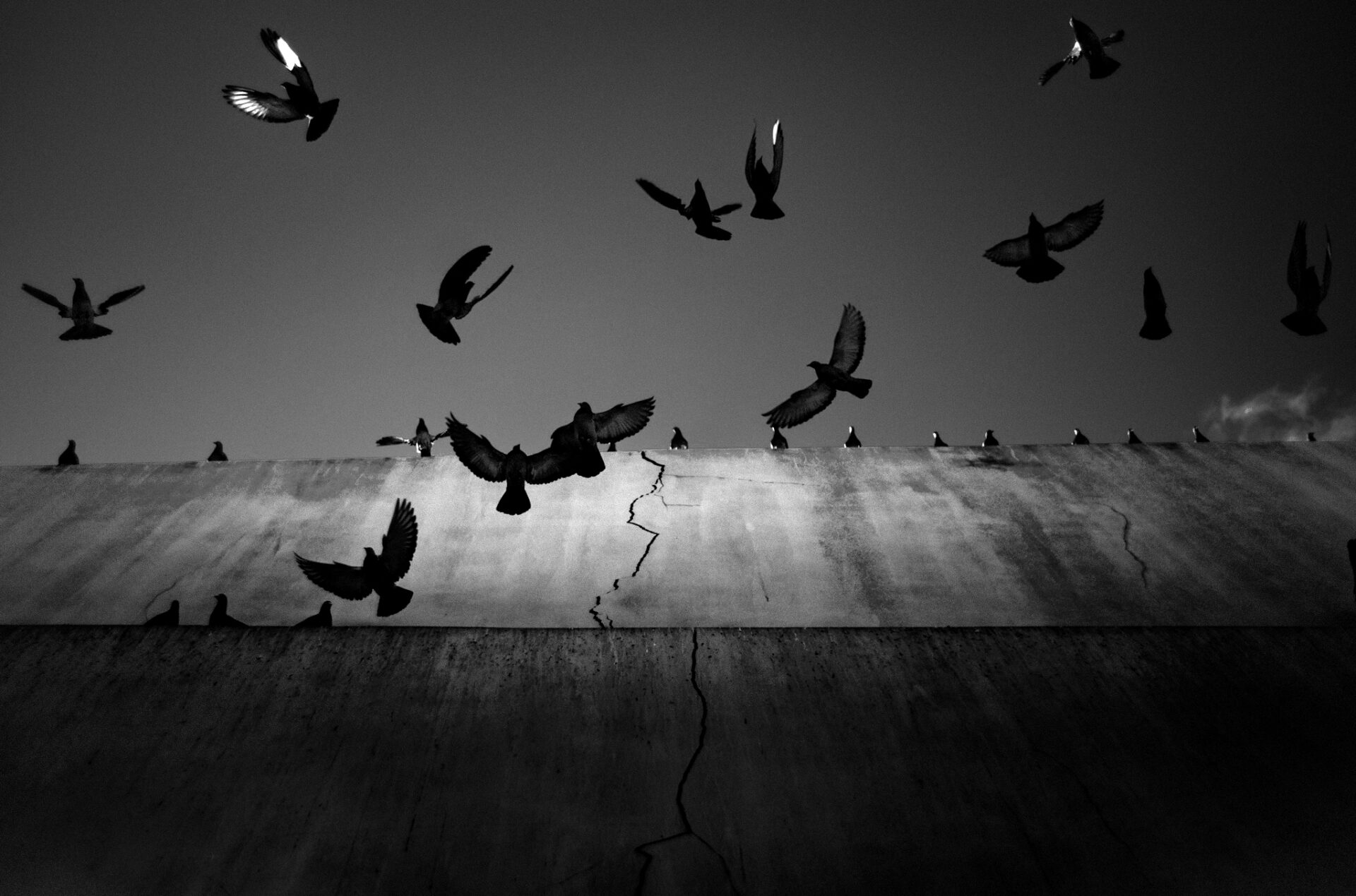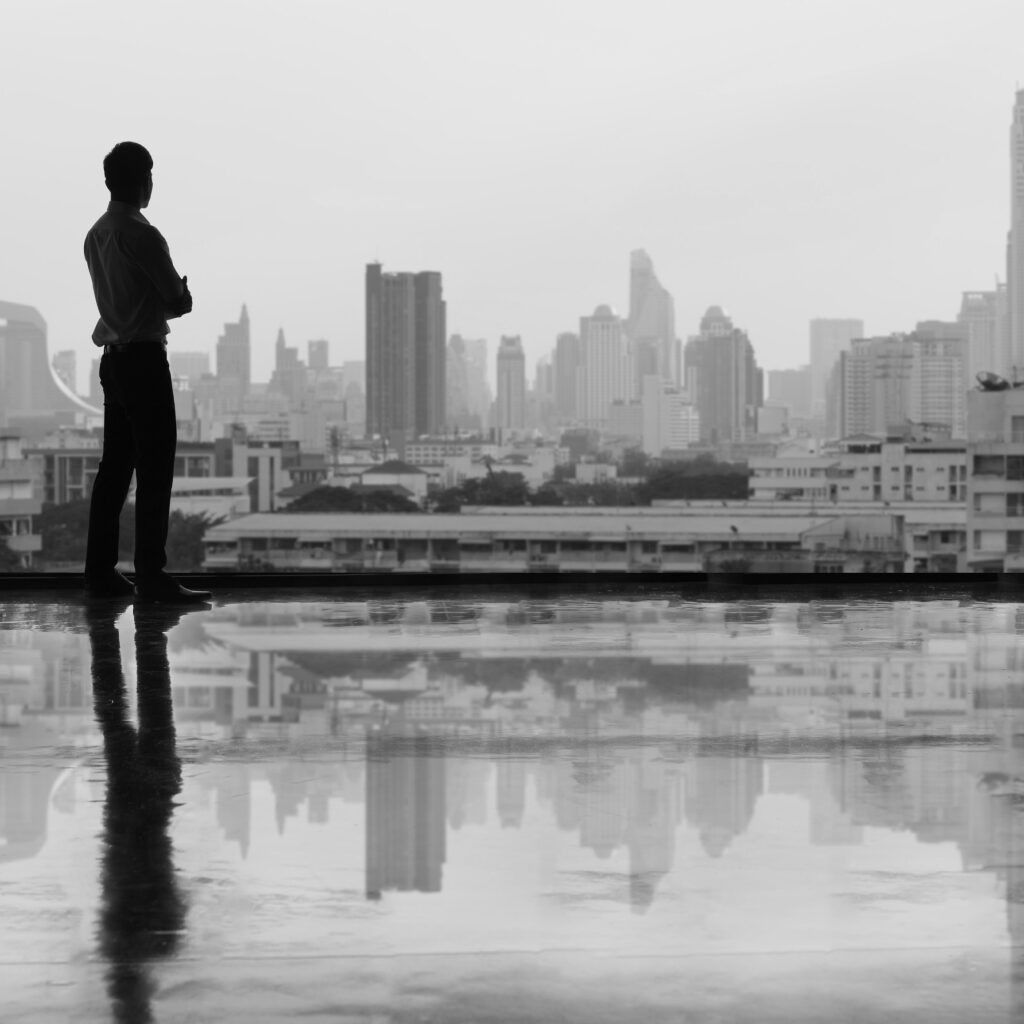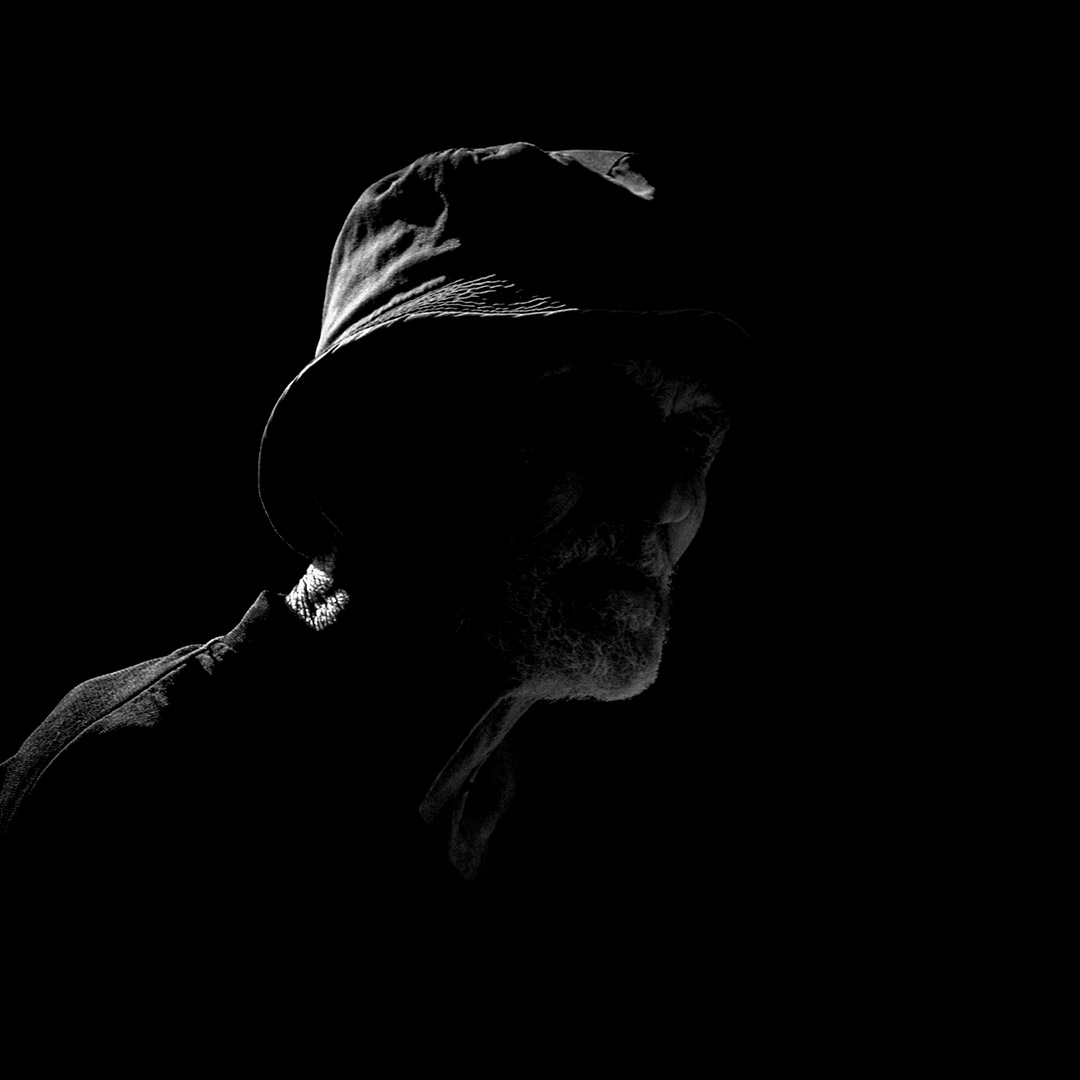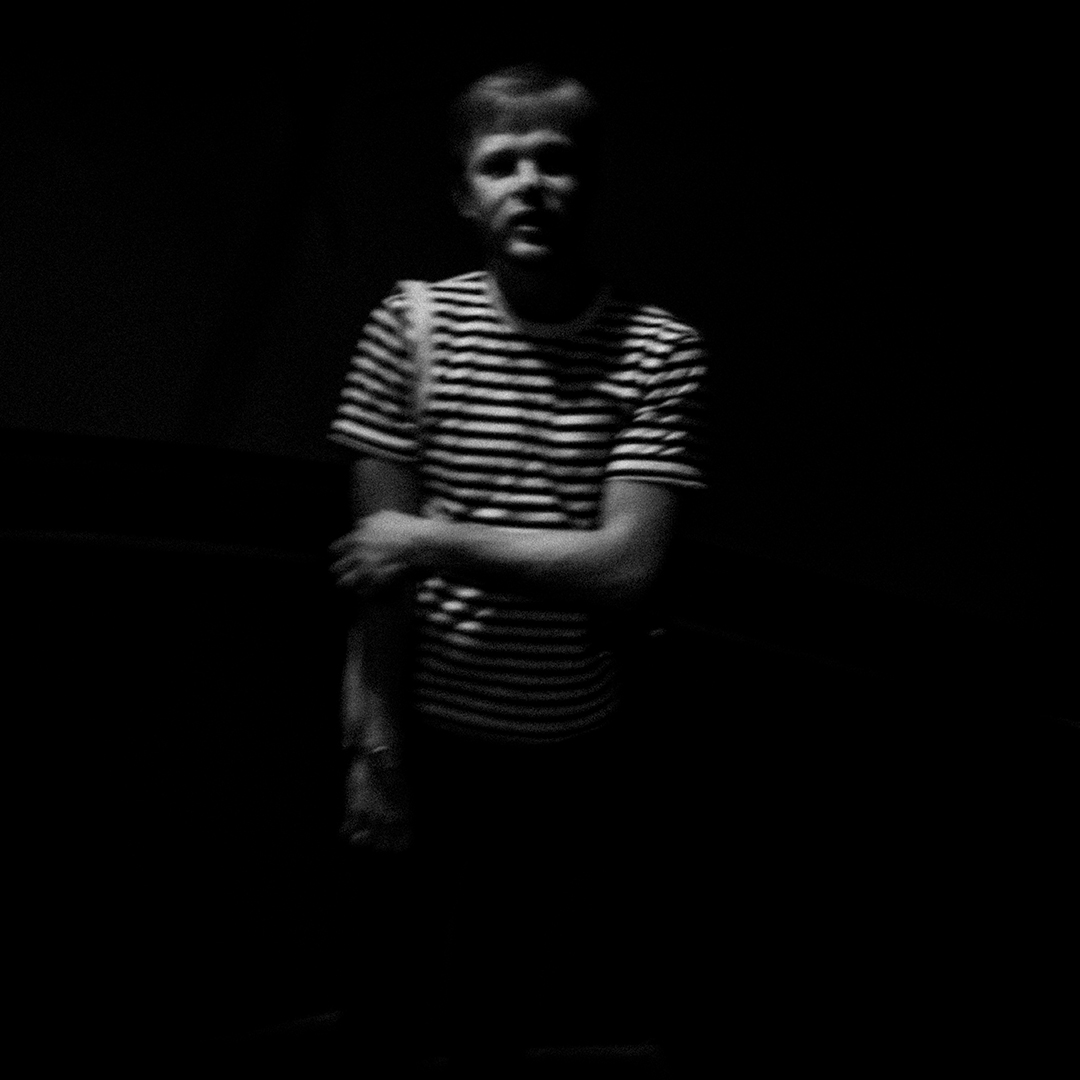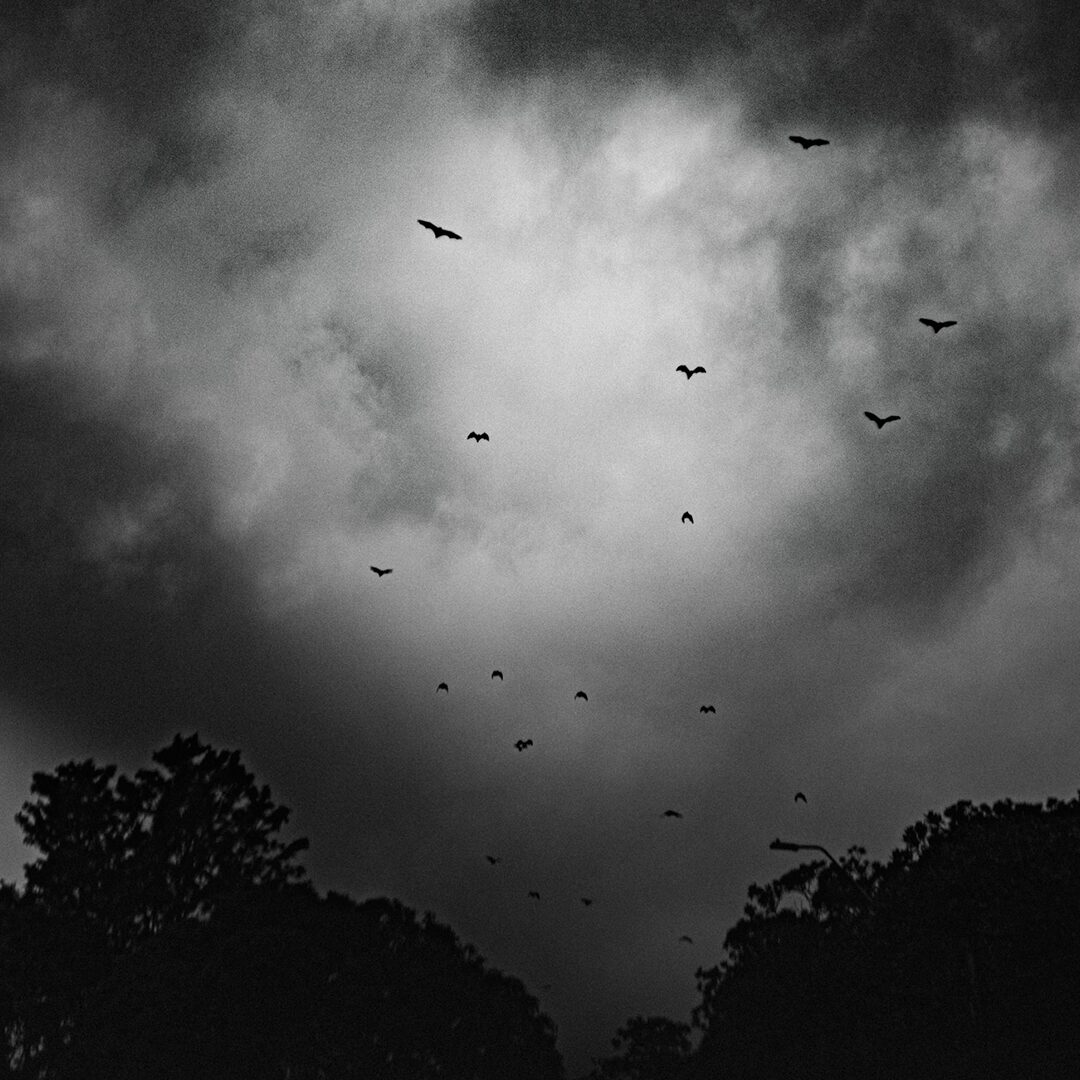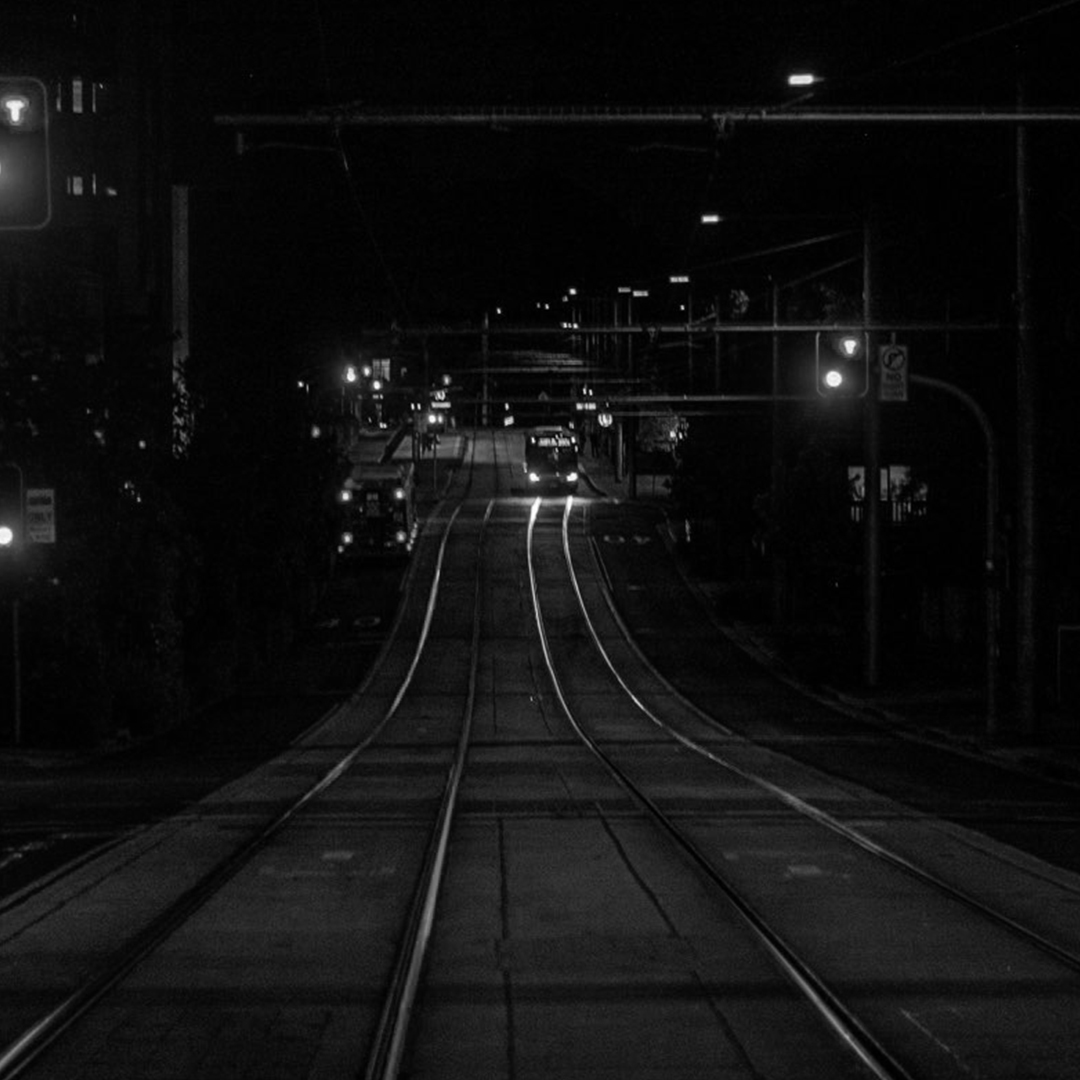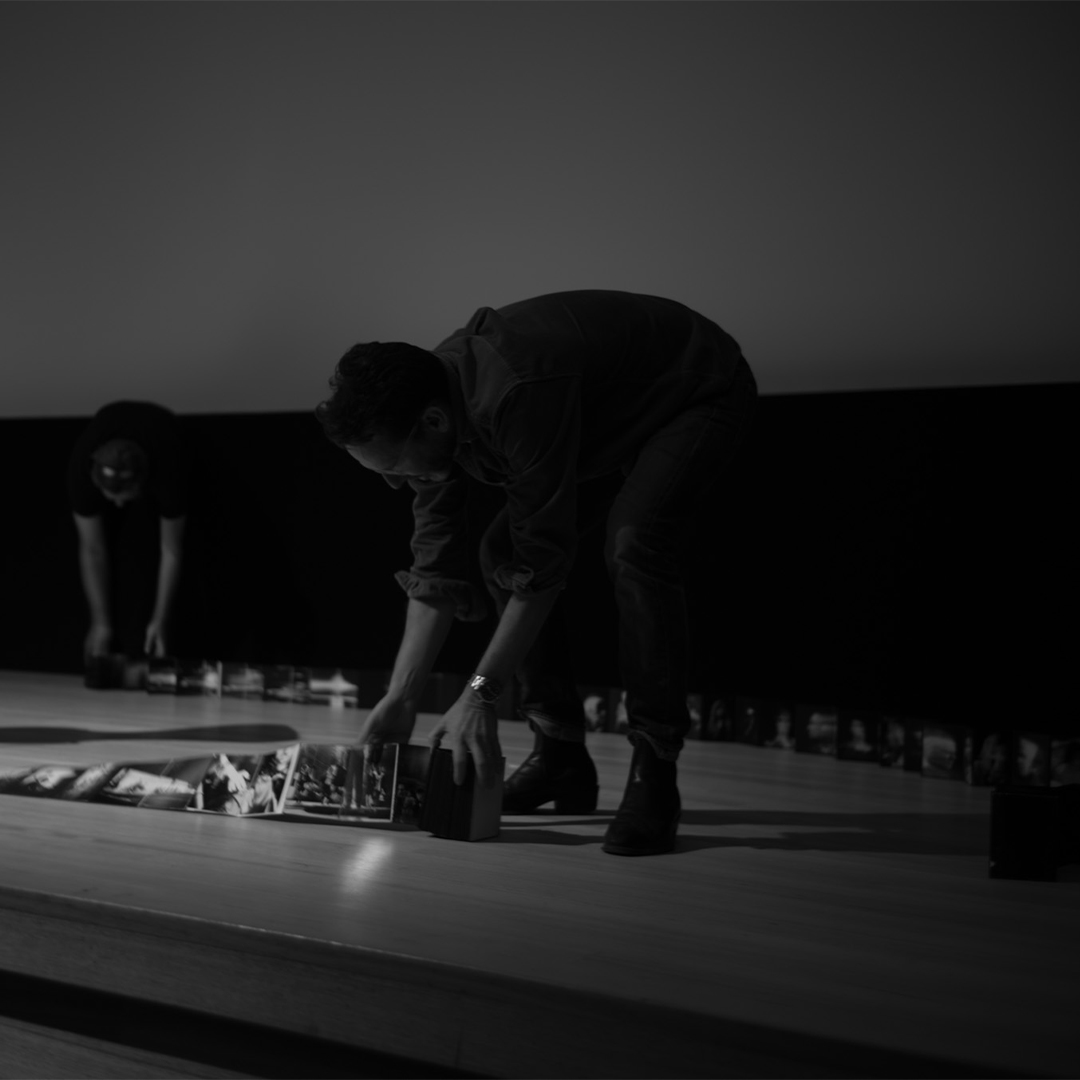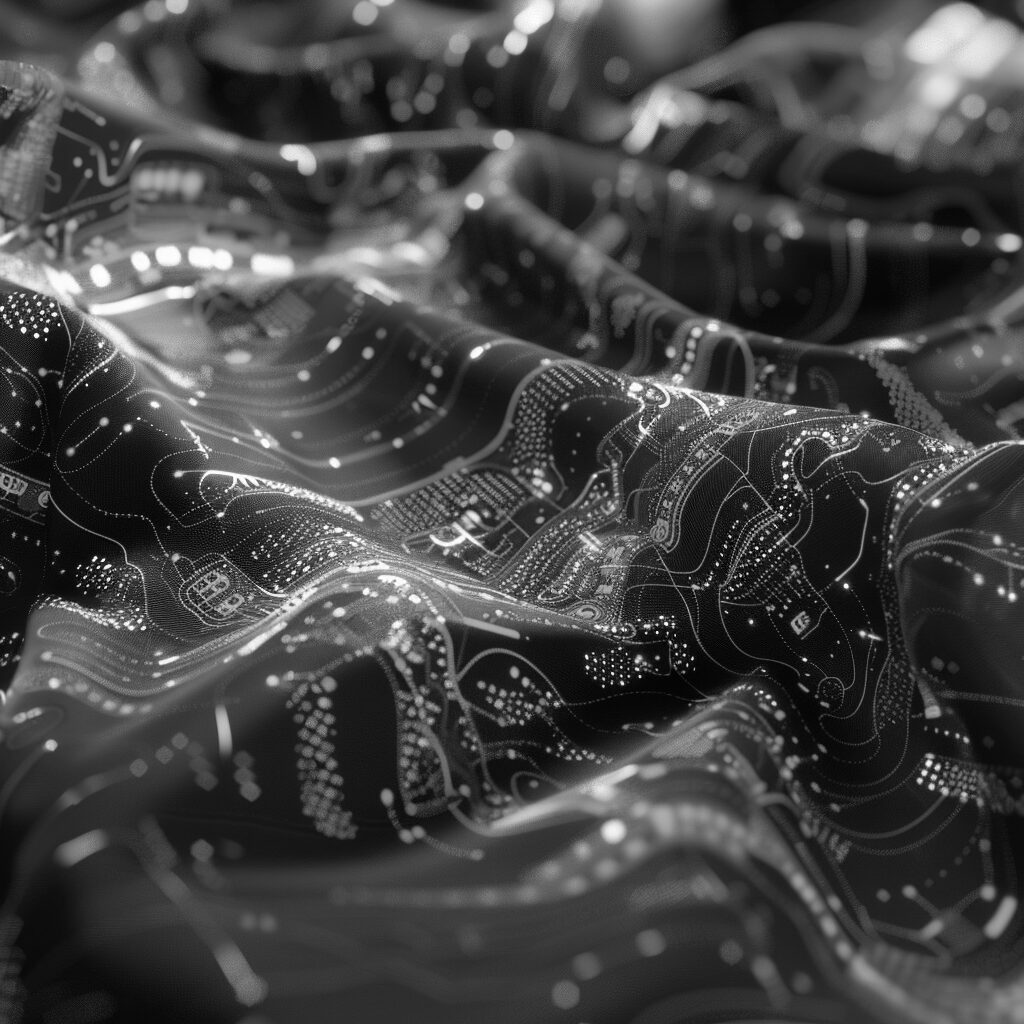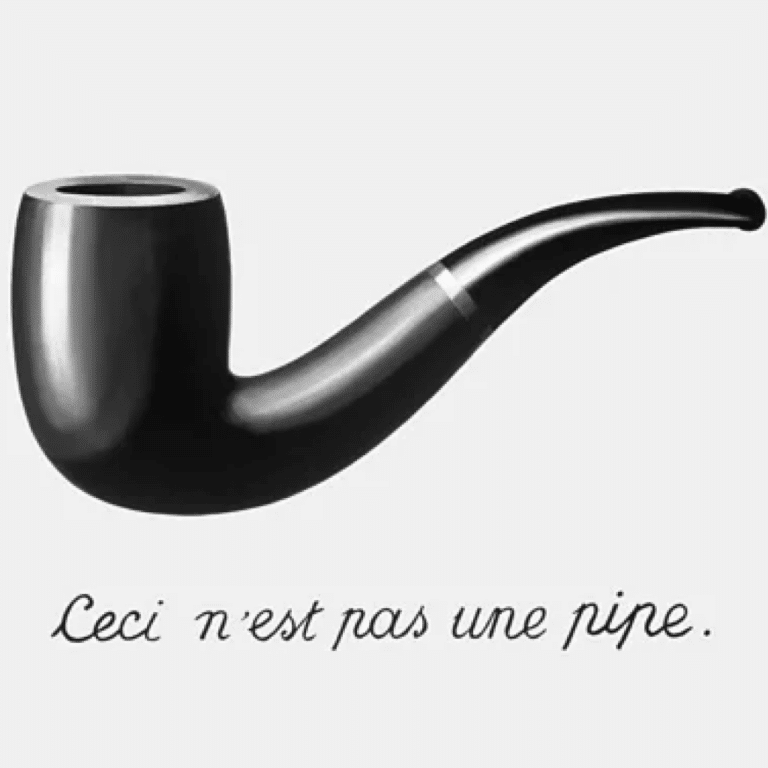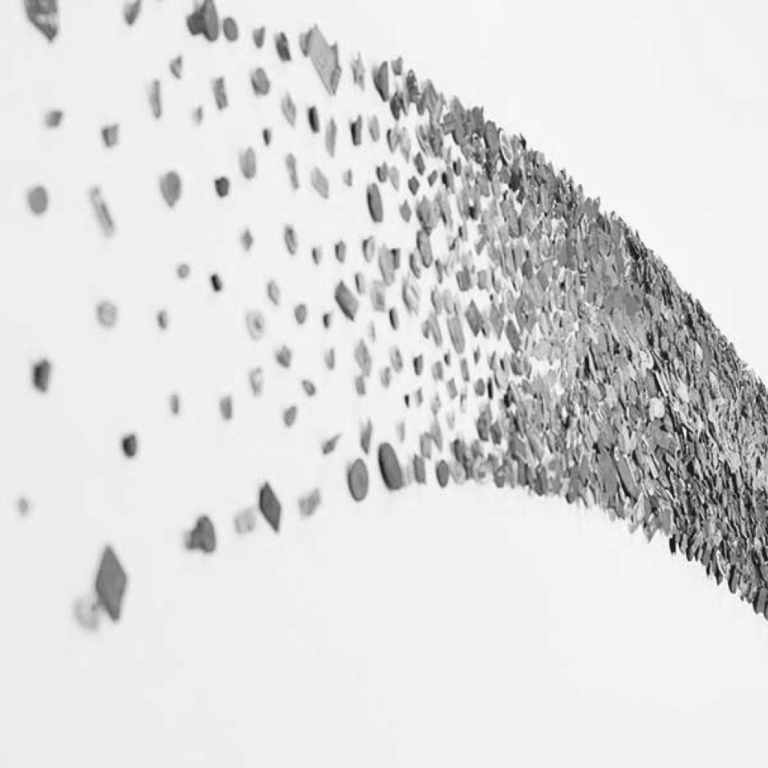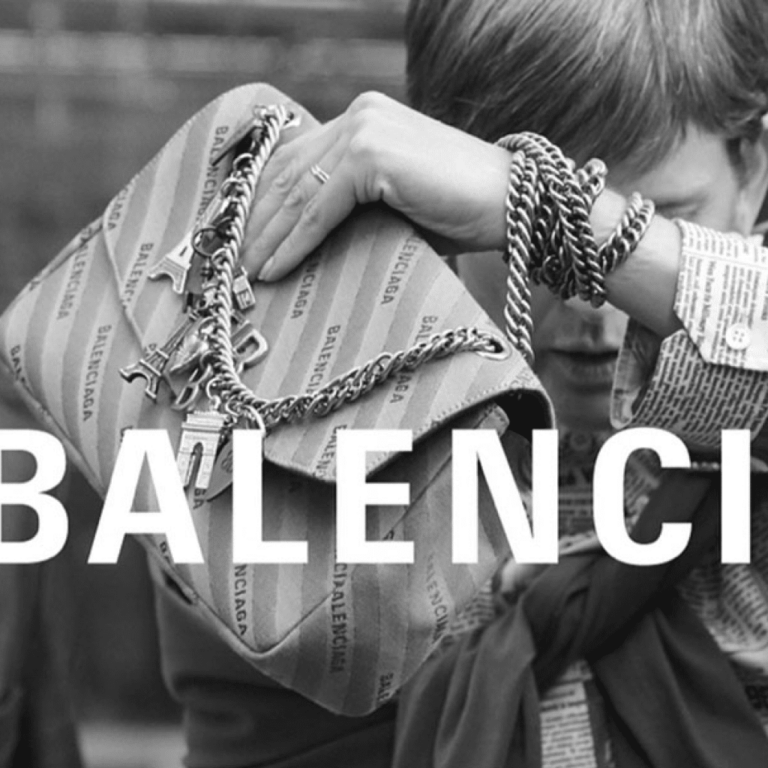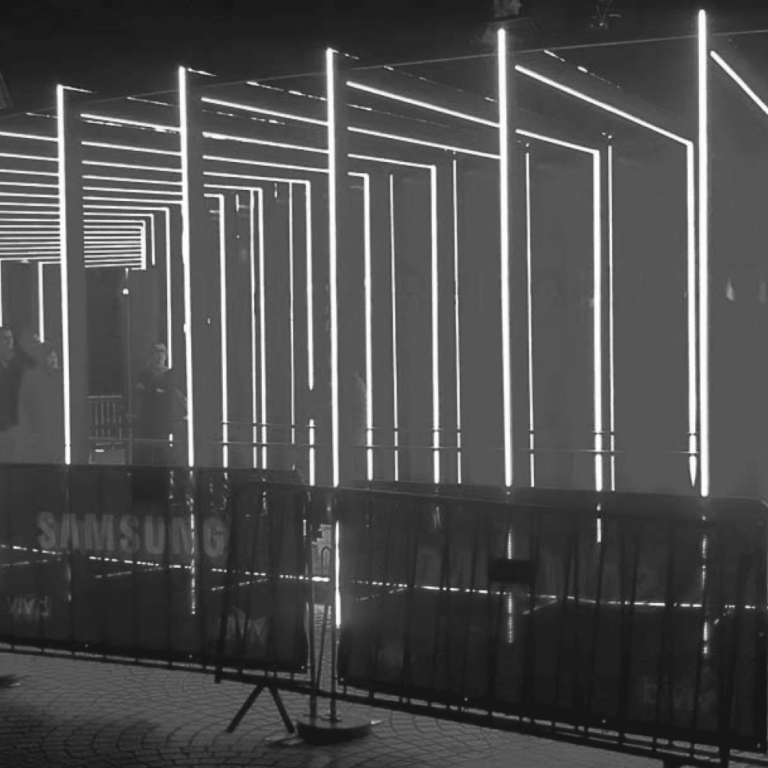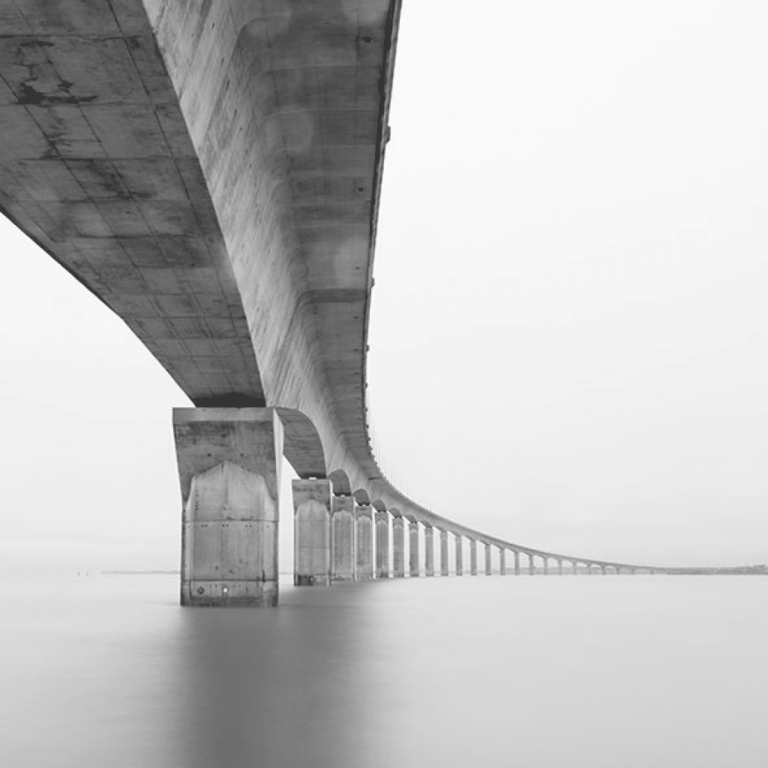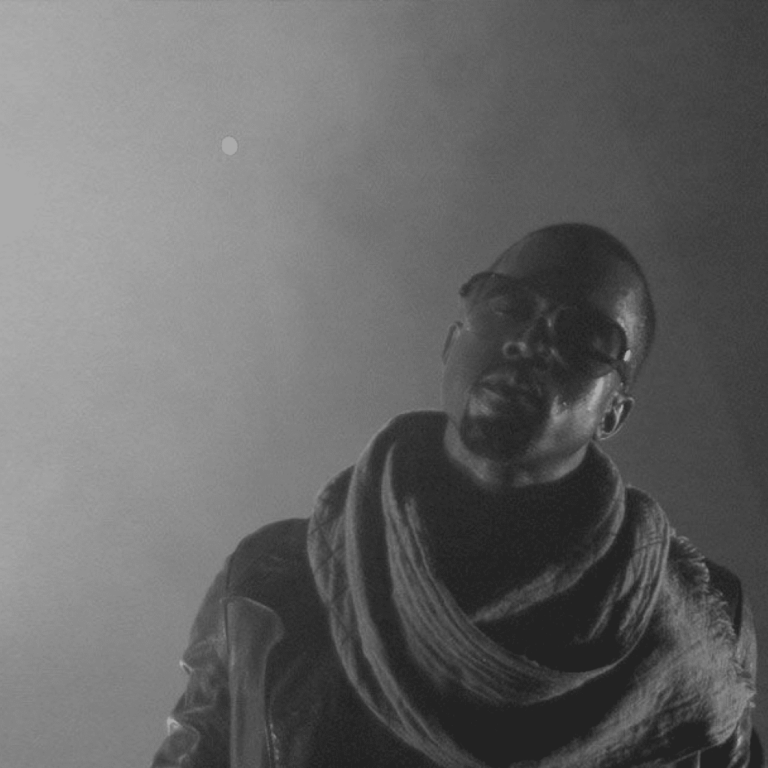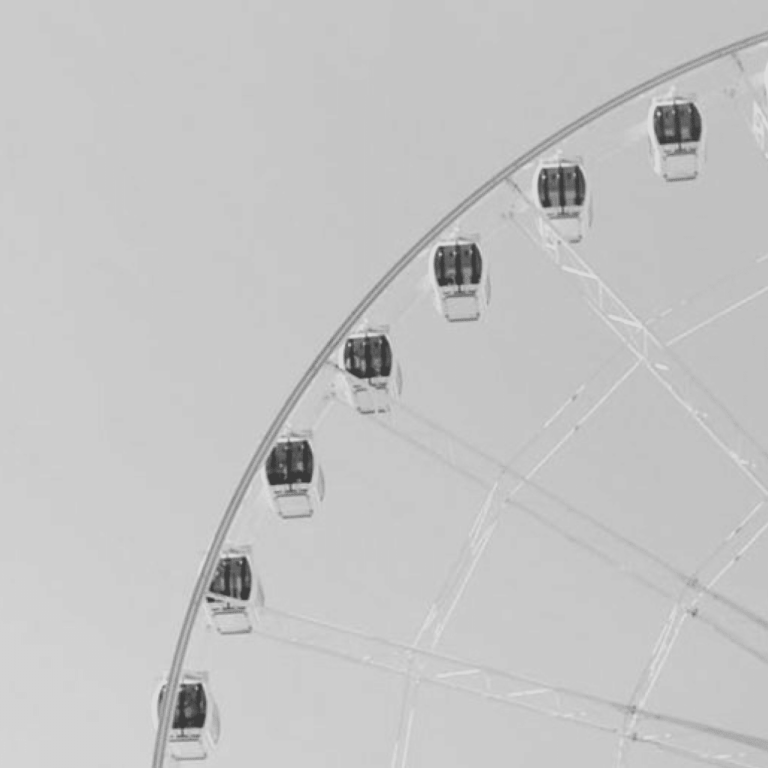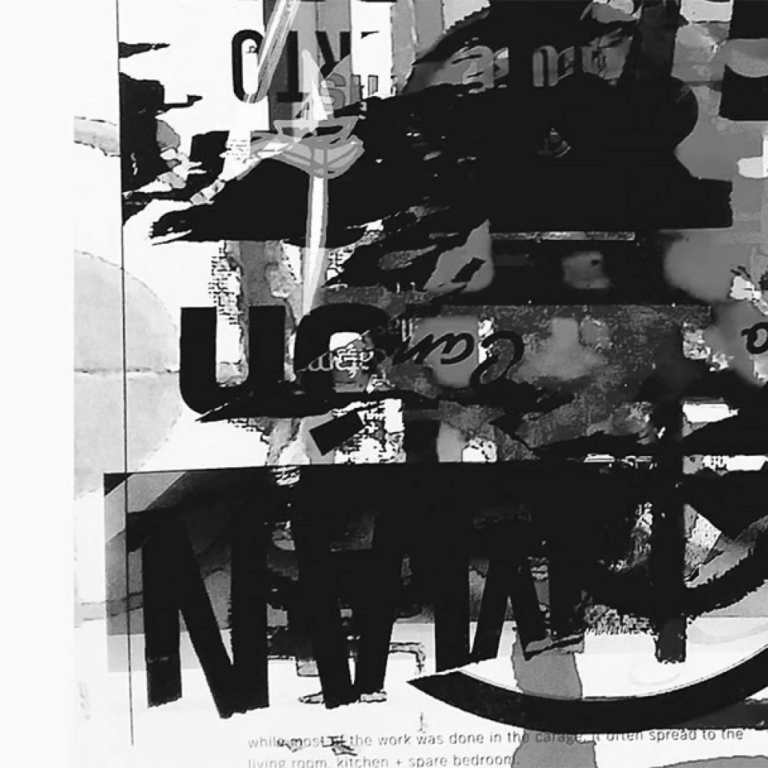INSIGHTS / DESIGN & PHILOSOPHY
Crafting Light: The Relentless Pursuit of the Image
DAN RATNER on 19/04/2024 | Photography by Dan Ratner
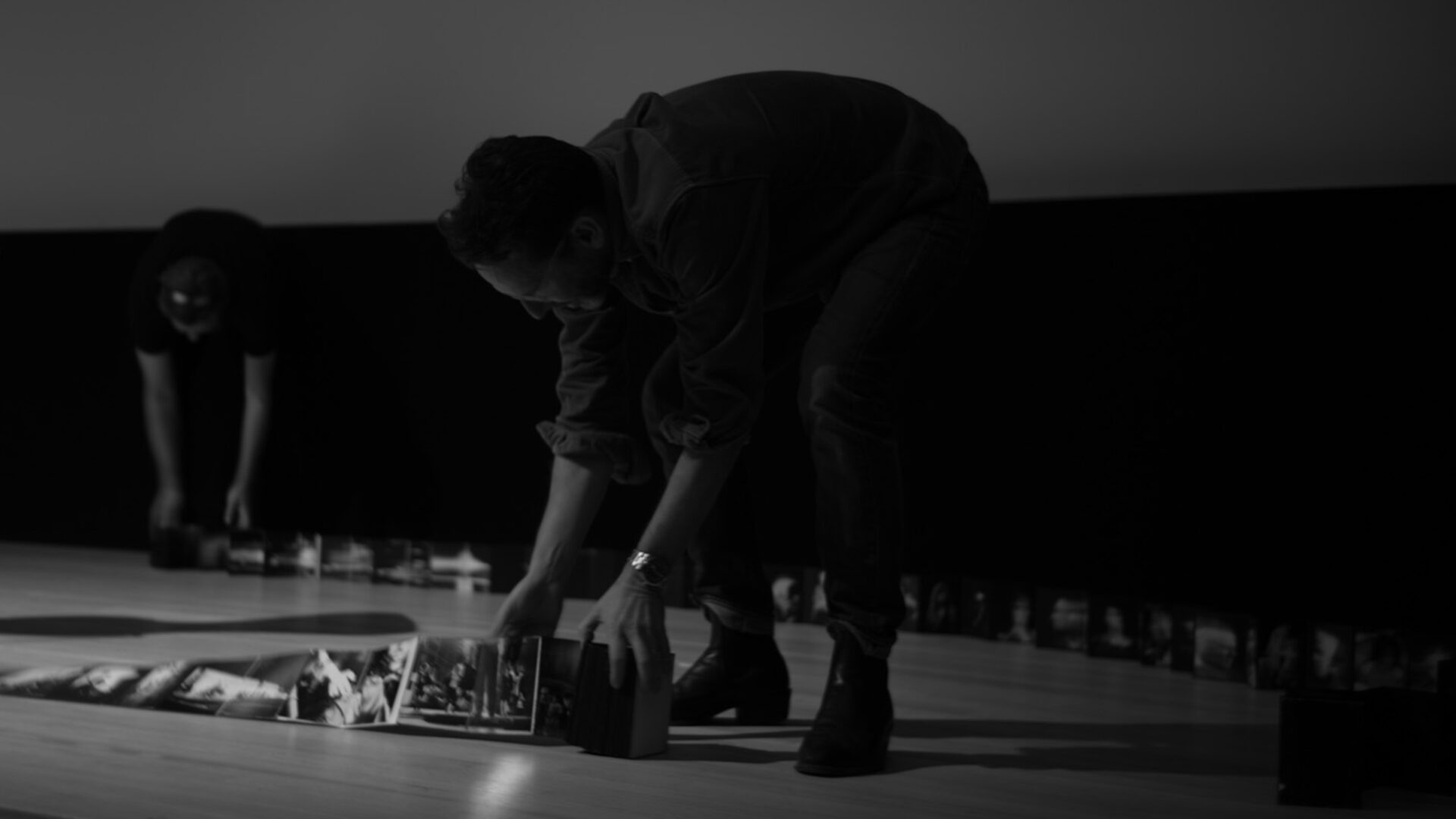
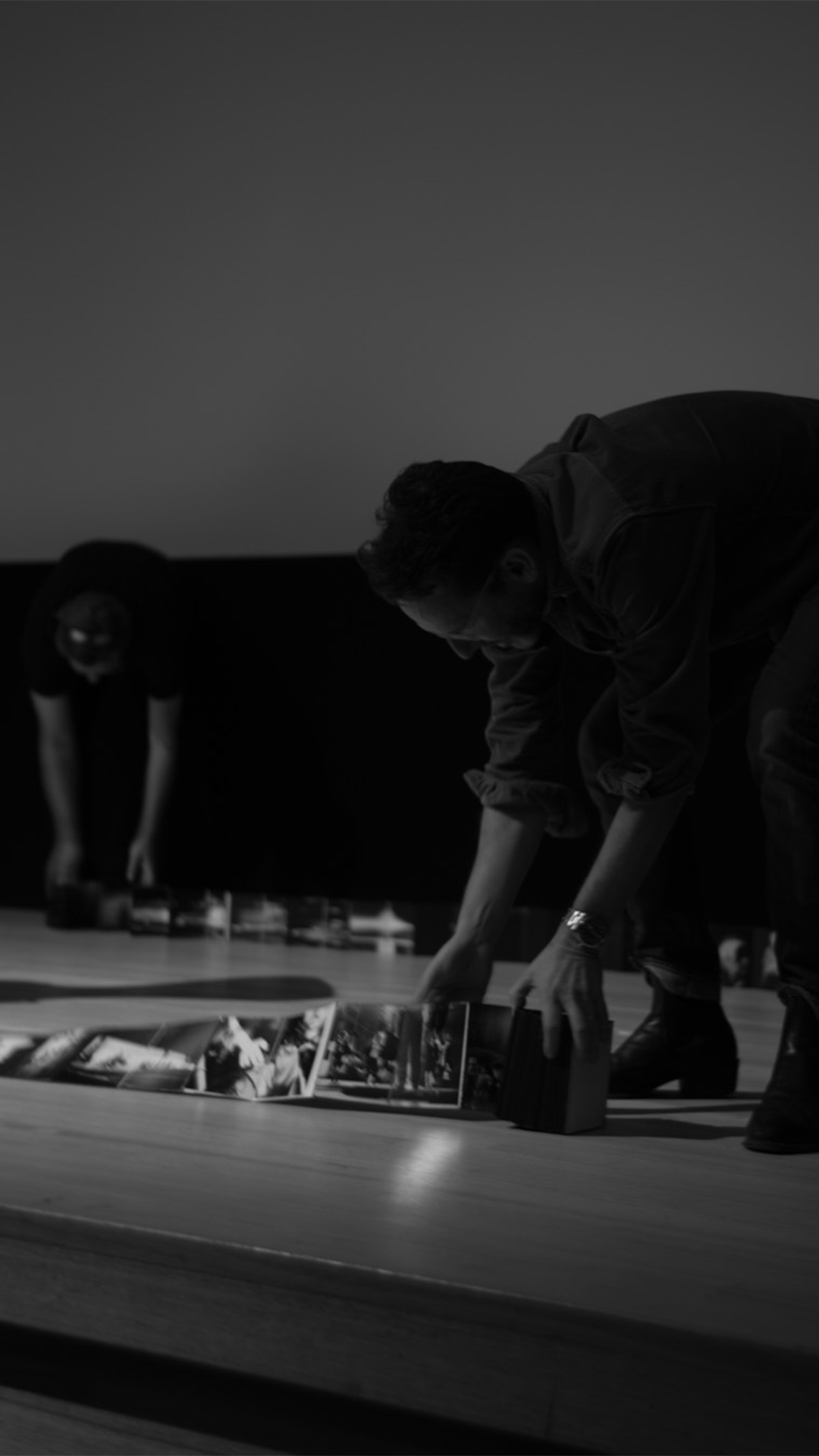
“Last night at the Art Gallery of NSW, amidst a small and attentive audience, I was struck by Trent Parke‘s reflections on photography.”
His devotion to the entire process, from the click of the shutter to the development of prints, resonated as a testament to the art as a sacred ritual. This talk, part of a series moderated by Robbie Buck, not only illuminated Parke’s profound dedication but also sparked a broader reflection on the seismic shifts photography has undergone with digital technology.
The Sacred Art of Creation
Trent Parke’s meticulous approach—especially evident in his series “The Camera is God“—emphasises photography as a relentless pursuit of the perfect moment. Parke’s daily ritual of capturing life at a single street corner, repeatedly shooting rolls of film, epitomises his commitment to the craft. This process, a stark contrast to the instantaneous nature of digital photography, highlights the depth of patience and the element of chance in capturing images that speak louder than words.
Disruption Through Digitalisation
The digital revolution in photography presents a stark juxtaposition to Parke’s traditional methods. Modern tools offer instant results and endless corrections at a photographer’s fingertips, a convenience that both democratises photography and challenges its traditional craftsmanship. This shift raises crucial questions about the essence of artistic authenticity in the age of algorithms and instant gratification.
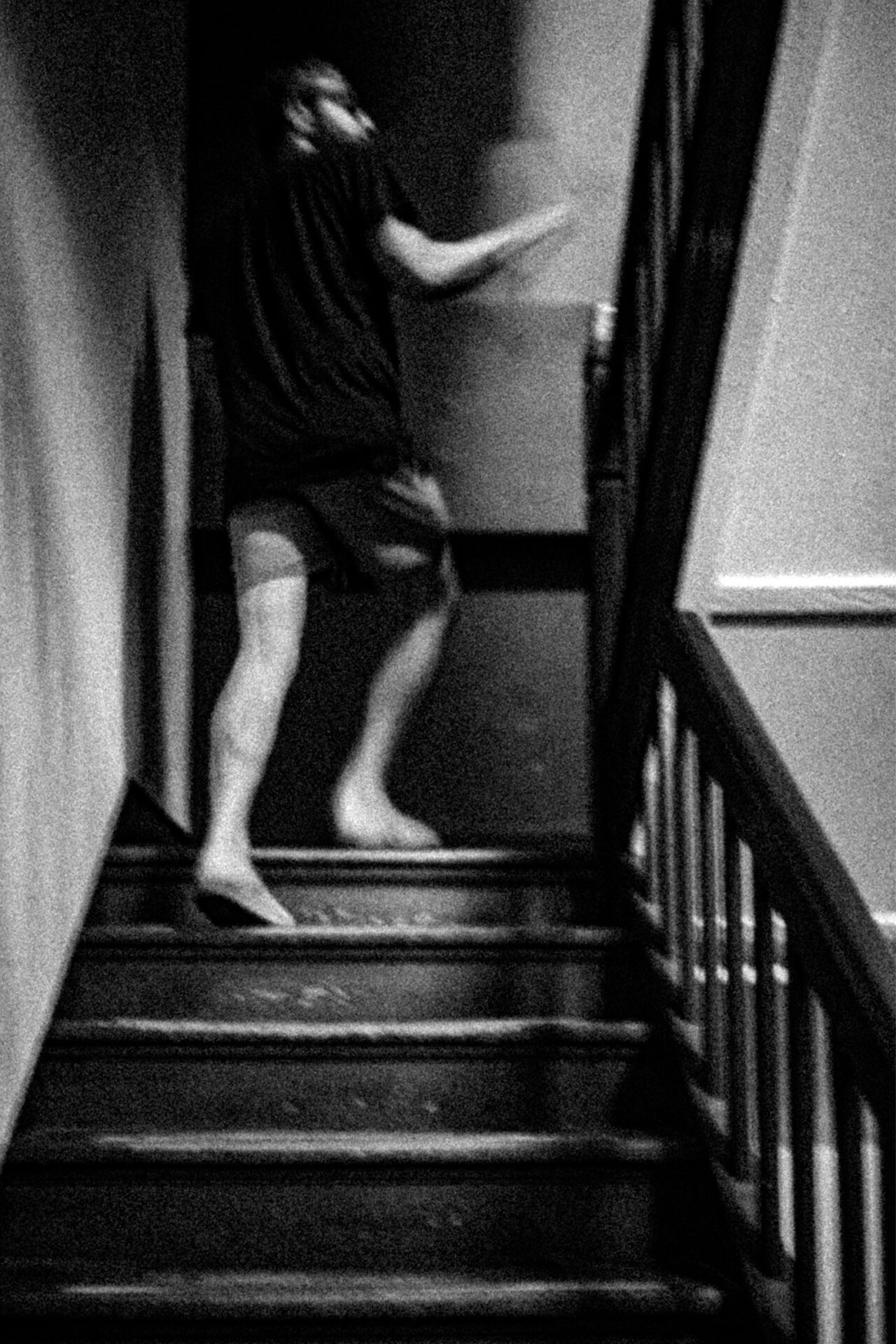
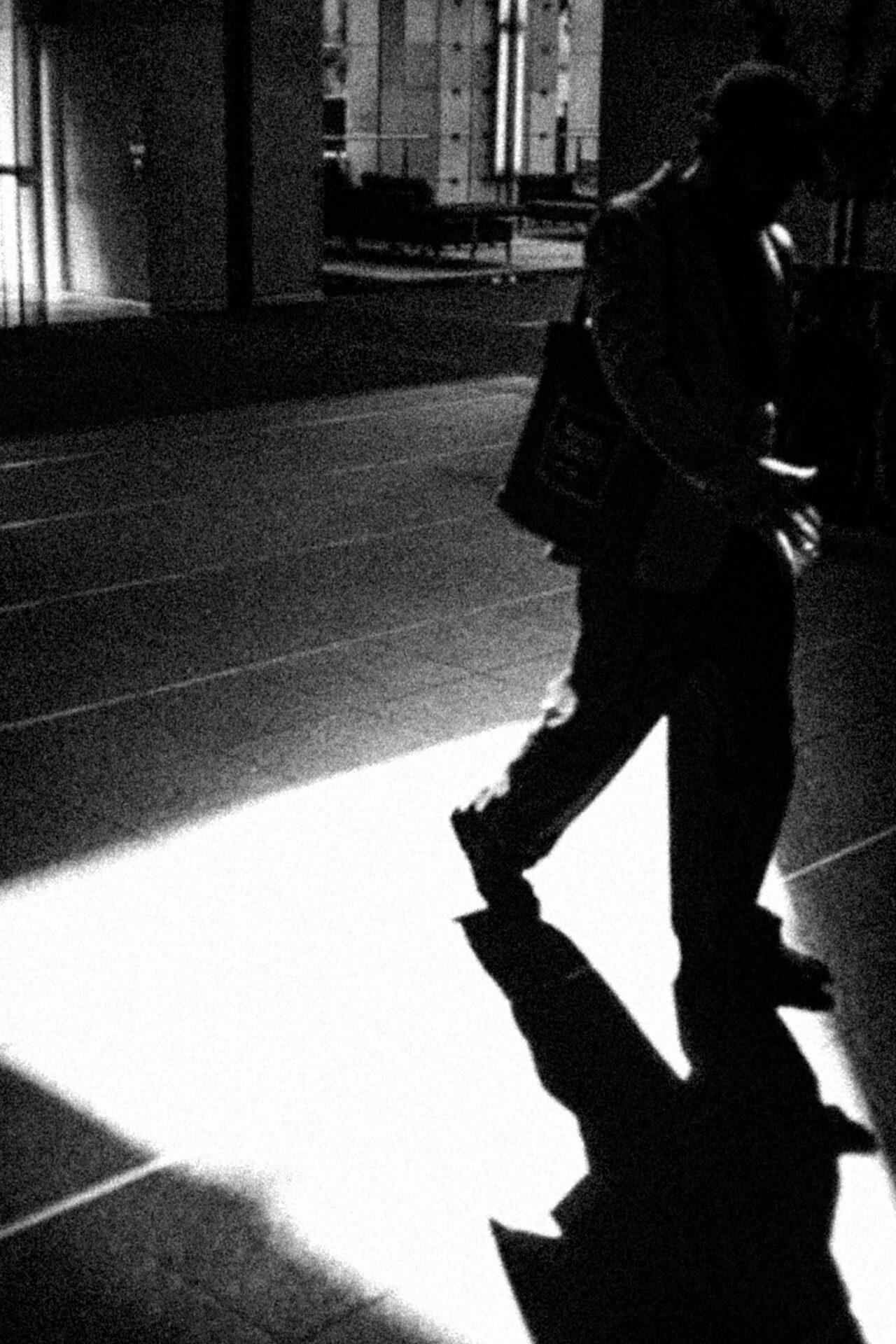
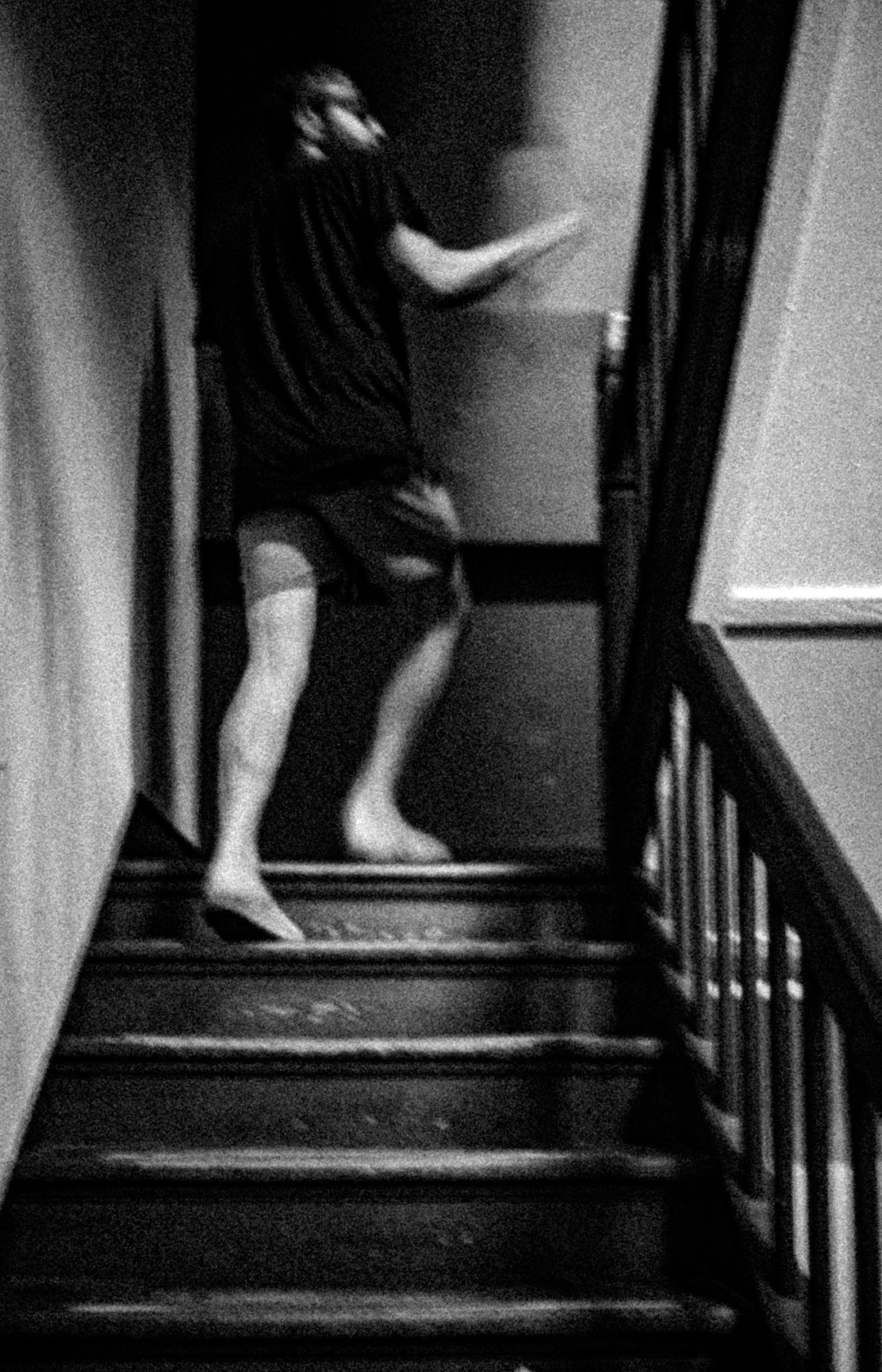
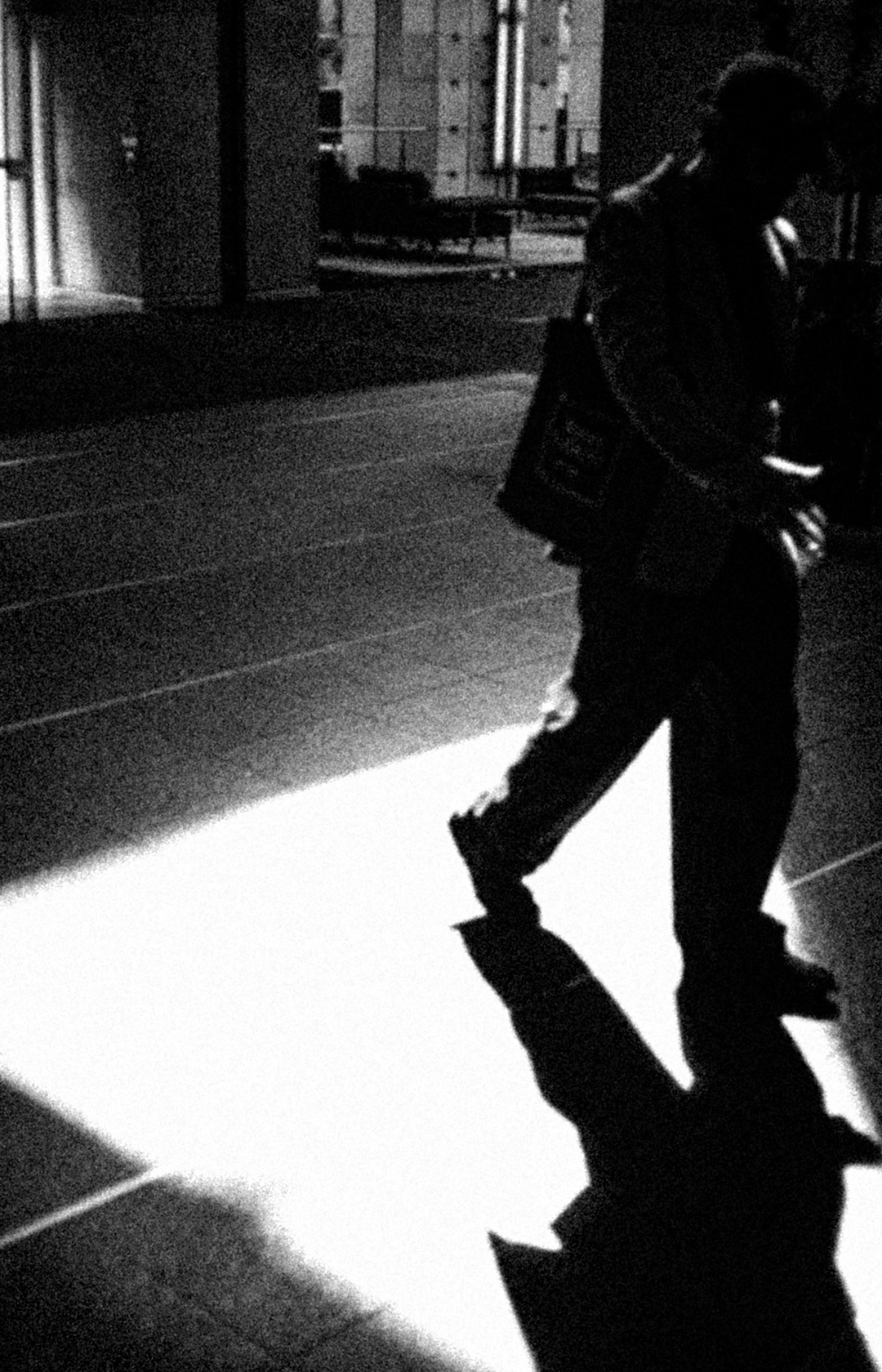
Hybrid Horizons
Artists like Erik Johansson, who blend traditional photography with digital art, illustrate a productive hybridisation of old and new. Johansson’s work extends the possibilities of what can be visually expressed, using digital tools not as replacements for traditional techniques but as extensions that enable unprecedented creative freedom. This approach suggests a reconciliation of digital and traditional methods, where each complements the other, enriching the artistic output.
The Audience’s Evolving Role
Digital platforms have transformed the audience from passive spectators to active participants in the artistic process. Platforms like Instagram allow instant sharing and feedback, creating a new form of dialogue between artist and audience. This immediacy can influence artistic decisions, pushing artists toward works that garner immediate reactions rather than those that necessitate prolonged engagement.
Conclusion
Reflecting on Trent Parke’s discourse and the broader digital landscape, it’s clear that while technology reshapes the tools and methods of photography, the core of artistic expression remains unchanged. The sacredness of art, as Parke illustrates, lies not in the tools used but in the intention, the process, and the ability to evoke emotion and provoke thought.
Epilogue
As we continue to navigate the evolving landscapes of art and technology, we must consider how to maintain the integrity of the creative process. Whether through the viewfinder of a camera or a computer screen, the quest for capturing light and life continues—a quest that remains as sacred as ever.
